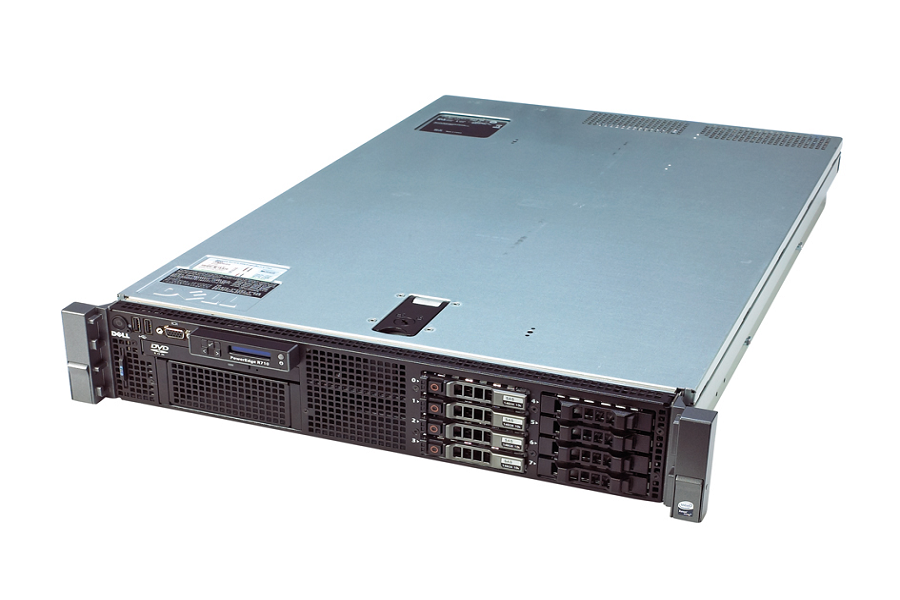Now in its 15th generation, Dell PowerEdge T550 offers a wider variety than ever, with 17 new and improved models available. The PowerEdge T550 has replaced the T640 in tower servers, which have been updated. The T550 is based on Intel’s Ice Lake platform, which is in its third generation.
Special Features:
In sleek silver, the new T550 chassis is a bit smaller and quieter than the T640’s original design. There are only 24 SFF hard drives in the T550 compared to 32 in the T640, but there is an option for eight NVMe Disks and a 5.25in the bay in the T550.
Additionally, the PERC RAID controllers have been relocated from the motherboard to dedicated slots on the backplane of the hard drive cage. To fully use the NVMe RAID arrays, our system has a Gen10 PCI-E 3 PERC model, while other configurations include PCI-E 4 with Gen11 PERC H755 adapters.
In addition, the BOSS (“boot-optimized storage solution”), which enables the OS to be run from the mirrored M.2 SATA SSDs, is also being relocated. The new S2 variant features removable hot-swap carriers for the SSDs at the front of the enclosure.
The quality of construction, on the other hand, has remained constant. The chassis is incredibly well-built and quite heavy – the steel side panel alone weighs roughly 3.5 kg. The layout of the inside makes it simple to perform modifications and maintenance. Dell PowerEdge T550 EMC eliminated the T640’s two rear fans by using a robust plastic air shroud to cover the entire motherboard and a solid passive heatsink for the Silver CPU.
There are eight DIMM slots on either side of the two CPU sockets for memory. The T550 supports up to 1TB of storage and has standard 64GB of 3,200MHz DDR4 RAM. Regarding networking, the T550 has two inbuilt Gigabit Ethernet ports, but if you need more bandwidth, you can add up to five PCI-E 4 x16 slots. OCP 3 mezzanine edge slots allow open-standard network cards to be inserted at the back of the Dell PowerEdge T550 without the necessity of dismantling its side panel.
The included iDRAC9 provides a plethora of operating data via a snappy web interface, which has always been a strength of Dell EMC’s servers. They’ve added the Enterprise upgrade, allowing remote control and virtual media services while tightening platform security by requiring cryptographically signed firmware releases.





